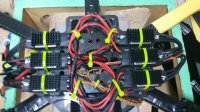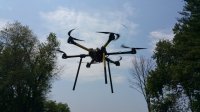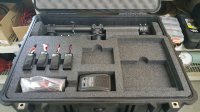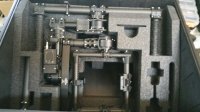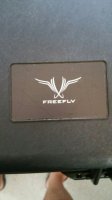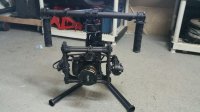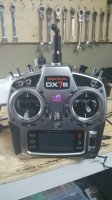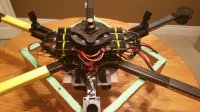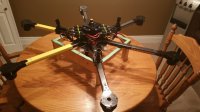Pumpkinguy
Member
Received my bullets yesterday so I was able to finish wiring. I had a bit of a problem throttle calibrating. A bit of a frustrating few hours but we got it sorted out.
Here is a pic of the esc's mounted on the bottom. View attachment 24939
Test flight went beautifully. After having the kde motors it became pretty clear that these don't react as fast. This was something I already knew but the tmotors just seem to run smoother. I'm sure for something like a 250 racer the kde technology and how quick they are to respond would be a huge edge but for a large ap/av vehicle these (u7's) just seem to have a better balance.
I will load test this week and post a video, take some temperature readings on the esc's
Here is a pic of the esc's mounted on the bottom. View attachment 24939
Test flight went beautifully. After having the kde motors it became pretty clear that these don't react as fast. This was something I already knew but the tmotors just seem to run smoother. I'm sure for something like a 250 racer the kde technology and how quick they are to respond would be a huge edge but for a large ap/av vehicle these (u7's) just seem to have a better balance.
I will load test this week and post a video, take some temperature readings on the esc's

